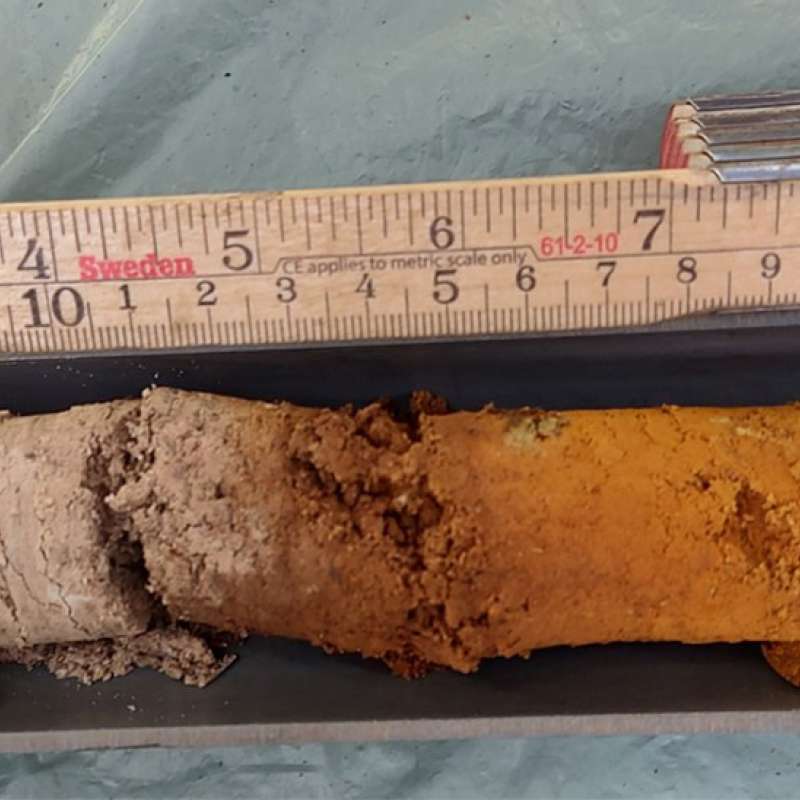Andreas Hagenbo
Research Scientist
Abstract
No abstract has been registered
Authors
Shun Hasegawa Kjetil Schanke Aas Ulrika Jansson Asplund Lise Dalsgaard Heleen de Wit Andreas Hagenbo Carl-Fredrik Johannesson Jenni NordénAbstract
Norwegian forests cover 12 million hectares and are vital for carbon uptake and biodiversity, yet CO2 absorption has declined since 2010 due to increased harvesting, mortality and reduced growth as more forests surpass harvest maturity. With 45% now economically mature and 20% older than 120 years, the future carbon uptake of these stands is uncertain, particularly if they develop towards old-growth. Old-growth forests form without stand-replacing disturbances and have diverse structures and deadwood. Norwegian mature forests mostly originate from clear-cutting, so insights from primary old-growth must be applied with caution. After maturity, forests continue to sequester carbon but more slowly, with increasing storage in deadwood and soil. Soil carbon trajectories remain uncertain: disturbance often causes short-term losses followed by decades of accumulation. Microbial communities, especially fungi, influence long-term soil carbon, but data are limited. Norway uses the Yasso soil carbon model, which predicts continued soil carbon increases with age though at slowing rates; however, it simplifies key processes, and more advanced models are in development. Biodiversity supports carbon cycling, resilience and soil health, yet knowledge gaps persist. Climate change is expected to increase disturbances, raising long-term risks for older stands. The report highlights the need for improved monitoring, research and modelling to better understand carbon dynamics and resilience as forests age.
Authors
Andreas Hagenbo Lise Dalsgaard Marius Hauglin Stephanie Eisner Line Tau Strand O. Janne KjønaasAbstract
No abstract has been registered

